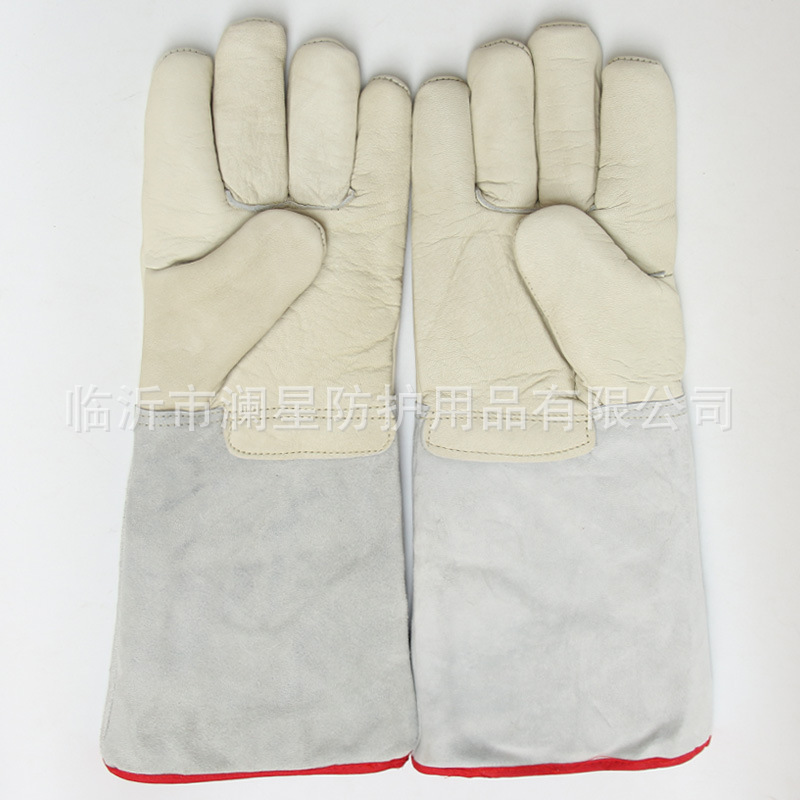
Leading landing countries from aluminum foil from China
## The leading countries of the clothes made of aluminum foil from China
China occupies a leading position in the world for the production and export of various goods, and clothes made of aluminum foil are no exception. This unusual product, but in demand in some niches, finds use in various areas, from protection against electromagnetic radiation to creating unusual costumes for performances. Understanding where the main supplies of this material come from, helps to trace production chains and evaluate market trends.
### geographical distribution of suppliers
Although China is the main manufacturer, raw materials and auxiliary materials often come from other countries. The leading suppliers of raw materials (aluminum foil) for Chinese clothing producers are countries with a developed metallurgical industry. Among them, several large players can be distinguished, supplying both rolled foil and already processed semi -finished products. These countries provide Chinese manufacturers with high -quality materials, which affects the final product. The geographical location of these countries also plays an important role, since the closer location reduces transportation costs and delivery time.
### specialization and market niches
Clothing from aluminum foil is not a mass market segment. Clothing of this type has a narrow specialization, so manufacturers often concentrate on certain niches. For example, one group of manufacturers specializes in creating protective clothing for welders or employees of the electrical industry. Others direct their efforts to produce costumes for special effects in the film industry or for theatrical productions. This leads to higher specialization and quality of products within a particular niche.
### influence on world trade
The export of clothing from aluminum foil from China, although it is not the largest article of foreign trade, nevertheless affects world trade. He demonstrates a tendency to expand and diversify industry, showing China's ability to produce and export even specialized goods. The further development of this segment is affected by technological innovations and a change in demand for special protective and stage clothing.
AppropriateProducts
Corresponding products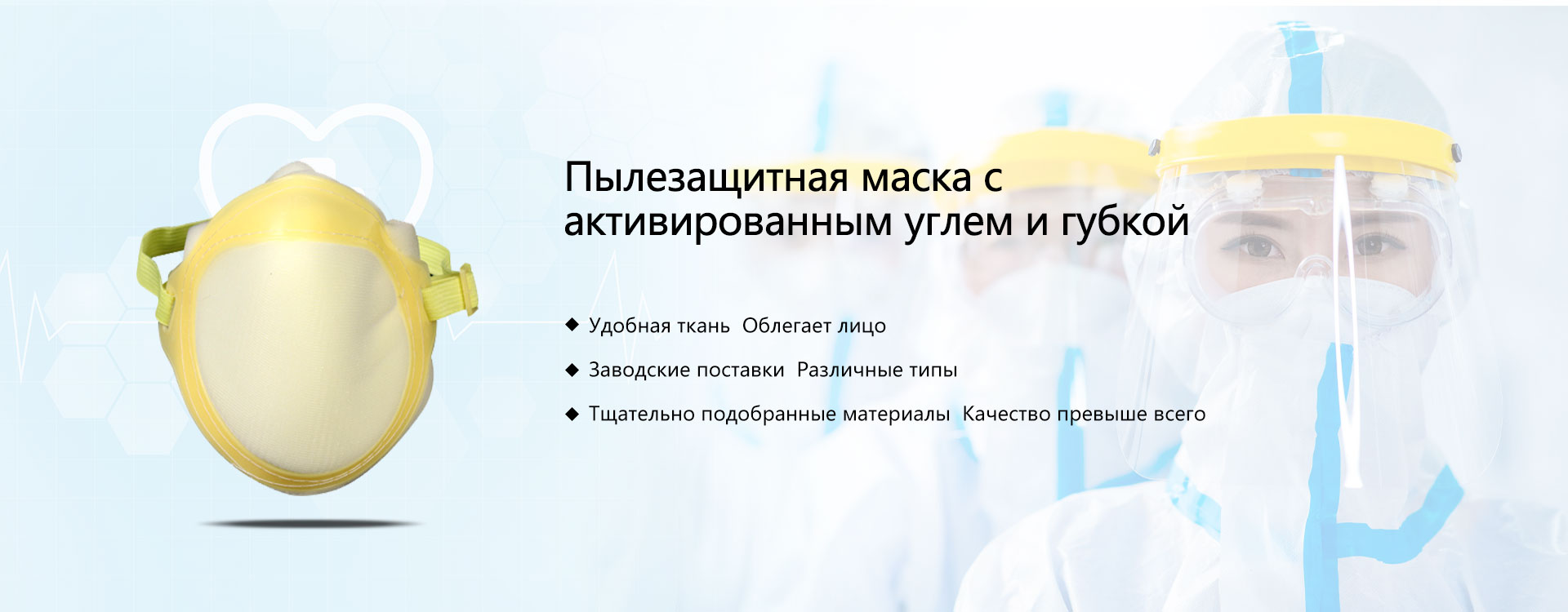
The best soldproducts
The best -selling products-
 Brown welding gloves made of oxide leather
Brown welding gloves made of oxide leather -
 Labor protection mask is a clean shield 7000 mask from dust
Labor protection mask is a clean shield 7000 mask from dust -
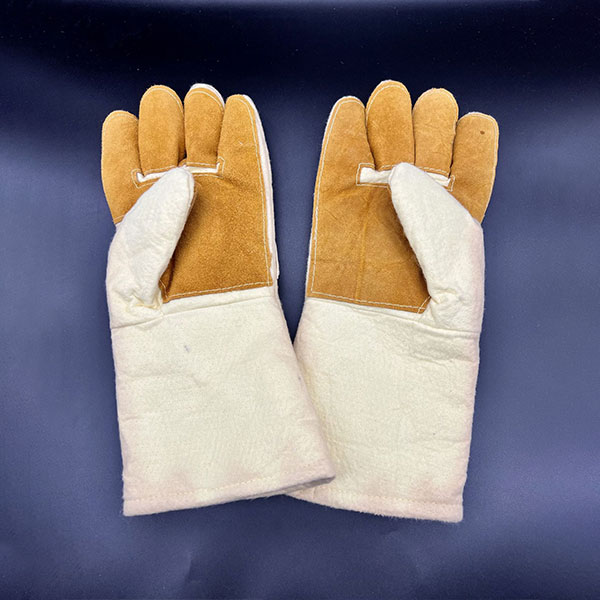 Gloves resistant to high temperatures Aramid insulating gloves
Gloves resistant to high temperatures Aramid insulating gloves -
 Thermal insulating anti -burn aramide gloves made of aluminum foil
Thermal insulating anti -burn aramide gloves made of aluminum foil -
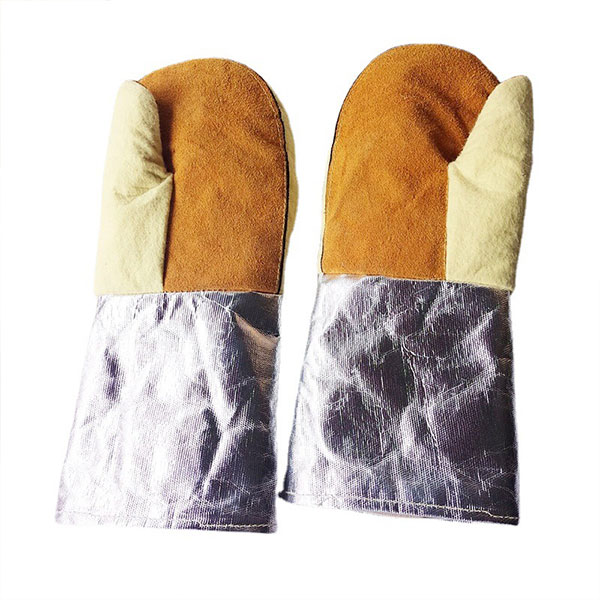 Aluminum foil gloves with aramid oral skin
Aluminum foil gloves with aramid oral skin -
 Welding gloves for labor insurance
Welding gloves for labor insurance -
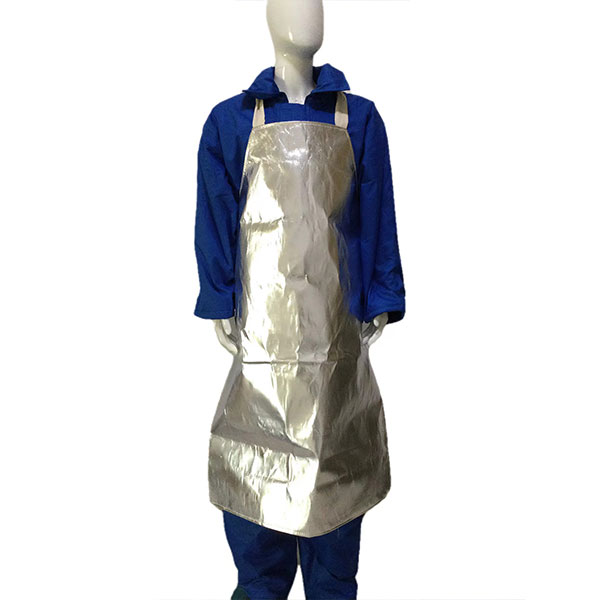 Aluminum foil apron
Aluminum foil apron -
 Anti -School Berushi from a foam with a wire
Anti -School Berushi from a foam with a wire -
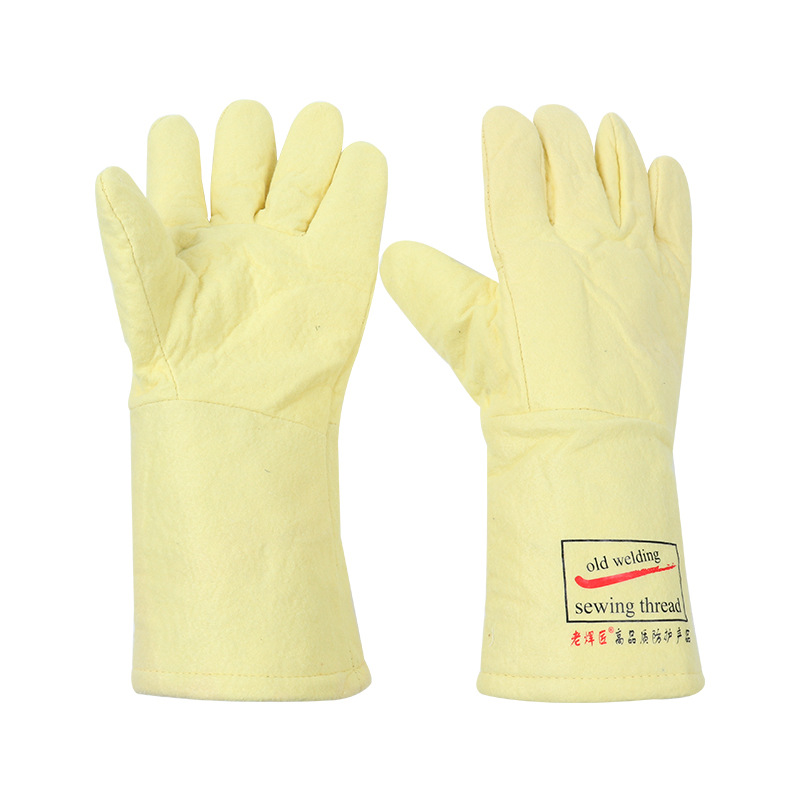 Gloves with a thickening to protect against high temperatures and thermal insulation
Gloves with a thickening to protect against high temperatures and thermal insulation -
 A self -consuming filter mask
A self -consuming filter mask -
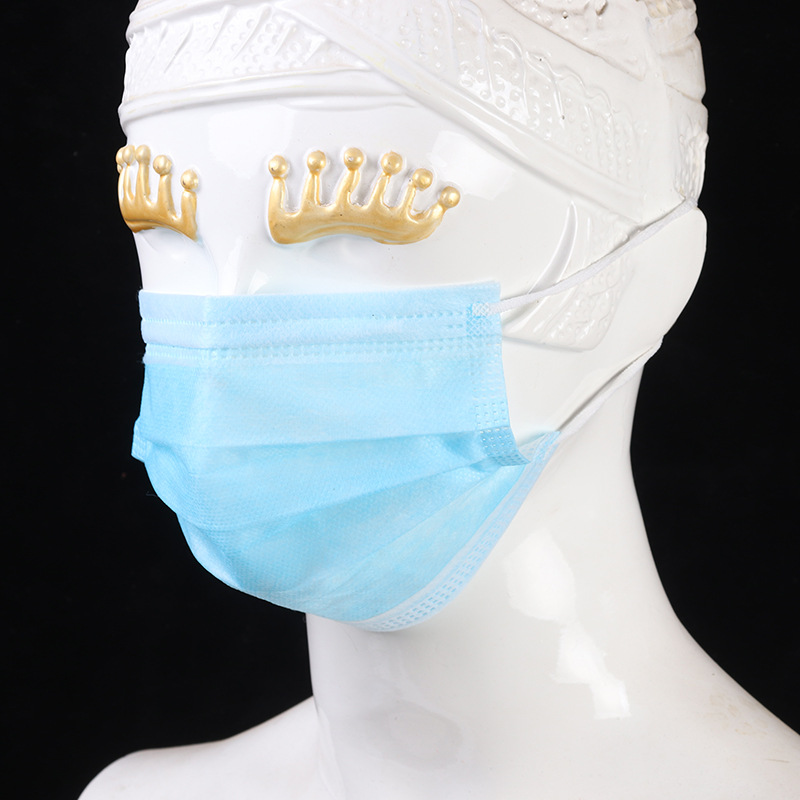 Clean shield disposable masks ordinary protective masks for adults
Clean shield disposable masks ordinary protective masks for adults -
 Gas mask chemical mask from dust for protective coloring
Gas mask chemical mask from dust for protective coloring
Connectedsearch
Related search- Disposable rubber gloves
- Country-buyers 100 pairs of disposable gloves in China
- Cheap gas masks 7 manufacturers
- Suppliers of types of protective glasses from China
- Cheap pair of good gloves manufacturers
- Chinese suppliers disposable nitrille gloves size
- Chinese disposable gloves factories 100pcs
- The price of disposable masks of class waste in China
- Wholesale prices for disposable non -puddered gloves
- Cheap protective glasses main buyer countries







